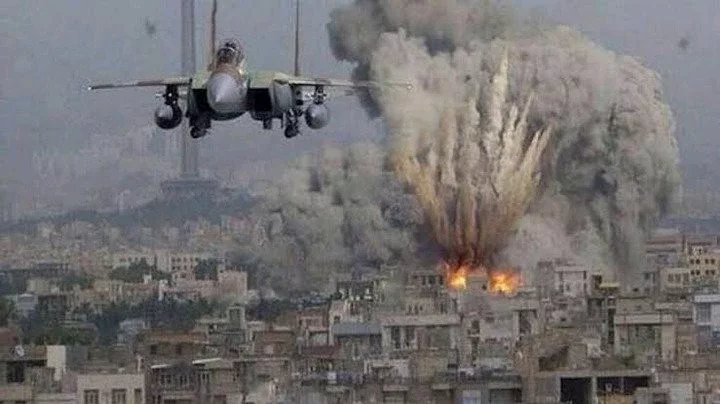According to Al Jazeera, the Israeli military has reported carrying out an "intelligence-based strike" in the al-Mawasi region, targeting a Hamas fighter. This attack, however, resulted in the deaths of seven Palestinians, raising serious questions about the safety of designated humanitarian zones in the Gaza Strip.

Al-Mawasi, previously designated as a humanitarian safe zone by Israel, has been a refuge for Palestinians fleeing bombings in other parts of the Strip. The area spans approximately 41 square kilometers (15.83 square miles) and is notably lacking in critical infrastructure and services, as highlighted by the United Nations Office for the Coordination of Humanitarian Affairs (OCHA).
This latest strike is not the first time al-Mawasi has come under fire. The camp has been targeted multiple times by the Israeli military. The most devastating attack occurred on July 13, when 90 people lost their lives, and at least 300 were wounded. At that time, Israel claimed the attack was aimed at two senior Hamas commanders, a claim that Hamas dismissed.
The recent attack in al-Mawasi underscores the precarious nature of humanitarian safe zones and the challenges faced by civilians seeking refuge. The Israeli military's assertion that the strike was based on intelligence targeting a specific Hamas fighter does little to alleviate the growing concerns over civilian safety and the broader humanitarian impact.
The continuous targeting of areas like al-Mawasi, which are intended to be safe havens, brings into question the efficacy and intent behind such designations. As the conflict continues, the international community is urged to closely monitor these developments and advocate for the protection of civilian lives in conflict zones.
















Comments